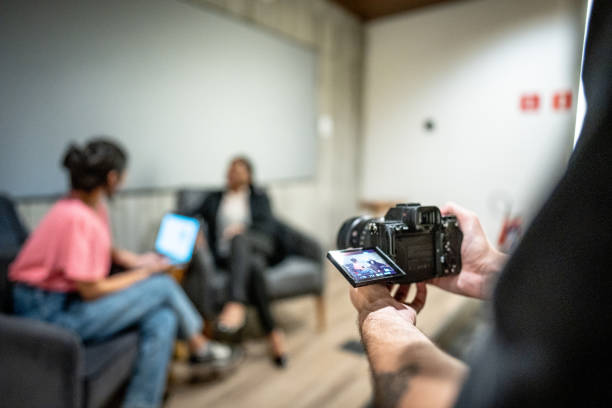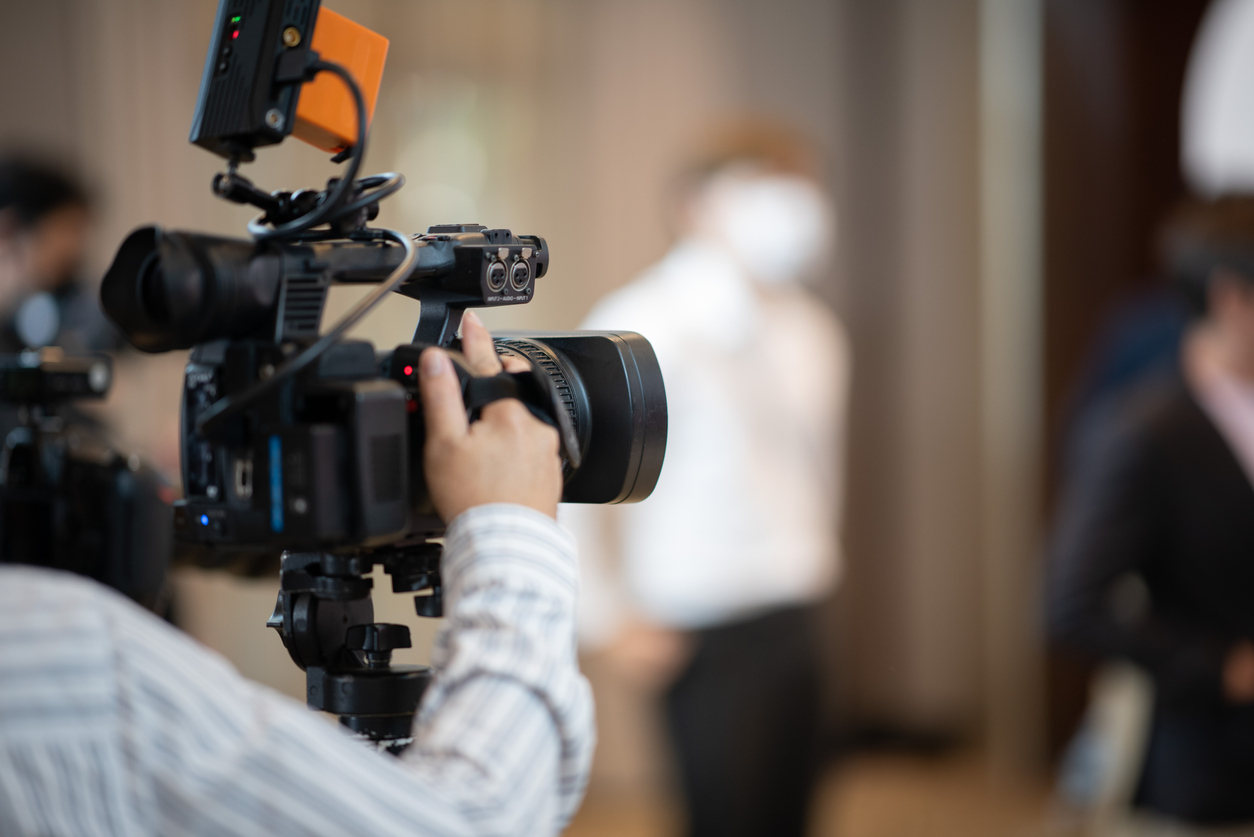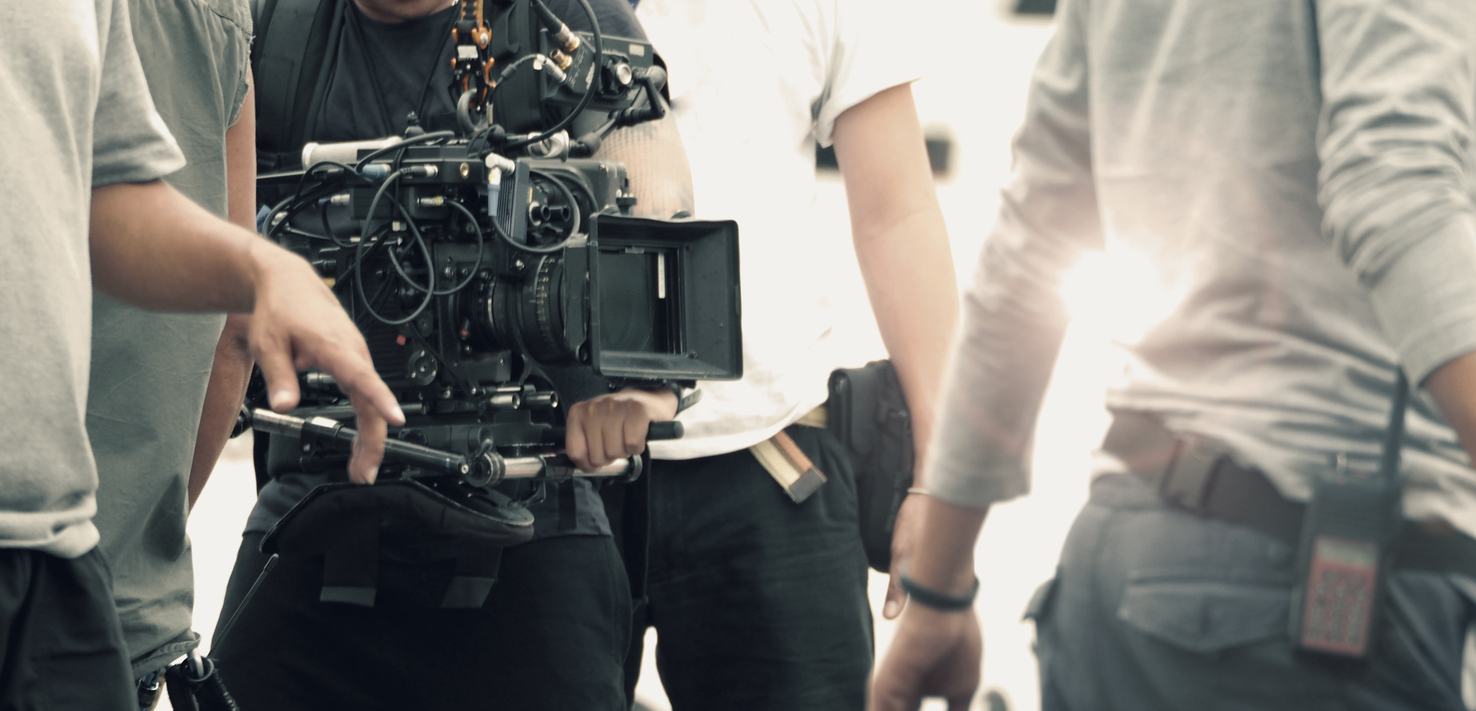How to Use Motion Graphics to Enhance Your Video Content
In today’s fast-paced digital world, capturing and holding your audience’s attention is more challenging than ever. That’s where motion graphics come in. As a powerful tool in modern video production, motion graphics combine design, movement, storytelling, and art to bring ideas to life and make content more memorable.
Whether you’re producing a short explainer video, a branded promo, or a longer-form piece for advertising or education, motion graphics offer a dynamic way to elevate your video content.
What Are Motion Graphics?
Motion graphics are a form of animation that uses graphic design elements—like text, icons, or shapes—that move to create compelling visuals. Historically, motion graphics have evolved significantly, with early film credits aiming to inform audiences about the actors involved, illustrating the integral role actors play in cinematic storytelling and the development of this visual art form.
These graphics can range from subtle transitions and lower thirds to full-screen animated scenes. Motion graphics often involve a combination of text, design elements, and animation styles to create a cohesive visual narrative. From opening titles in movies to animated infographics in tv commercials, motion graphics are everywhere.
Frames are crucial in keyframing and frame-by-frame animation techniques, which are essential for creating illusions of motion and transformation in digital media.
Understanding Motion Design
Motion design is a specialized subset of graphic design that focuses on creating motion graphics—animated or digital footage that gives the illusion of movement or rotation. Motion designers skillfully blend graphics, animation, and video to convey messages, tell stories, or showcase products in a visually engaging manner.
The primary goal of motion design is to create interactive and captivating visual content that grabs the viewer’s attention and effectively communicates the intended message. Motion designers utilize various software tools, such as Adobe After Effects, to craft motion graphics that can be seamlessly integrated into videos, films, and television shows.
In recent years, the use of motion design has surged in popularity, with many companies incorporating motion graphics into their marketing and advertising strategies. This powerful tool can be used to create a wide array of visual elements, including opening titles, lower thirds, and animated logos, adding a new level of depth and excitement to any project.
The evolution of motion design has been significantly influenced by technological advancements, making it easier than ever to produce high-quality motion graphics. Motion designers must possess a strong understanding of graphic design principles and the ability to create engaging and effective animations.
By incorporating motion graphics into their projects, creators can convey complex information in a clear and concise manner, making it easier for viewers to understand and engage with the content. Motion design not only enhances the visual appeal of a project but also helps to communicate the desired message with clarity and impact.
The Evolution of Motion Graphic Design
The history of motion graphic development can be traced back to early cinema, where it was initially used to enhance film credits and television intros. These early motion graphics were created to add a dynamic element to otherwise static visuals. Over time, advances in software and technology have made it easier for motion designers to produce high-quality visuals that rival traditional cinema.
Traditional graphic design was initially limited to flat, unmoving formats. However, the advent of motion graphics brought a new dynamic element to visual storytelling. Today, motion graphic design is not just an artistic choice—it’s a strategic one. It enhances storytelling, improves brand messaging, and creates a distinct style that resonates with your target audience.
Why Incorporate Motion Graphics in Your Videos?
Incorporating motion graphics can take your video content from static to stunning. Here’s why they’re a great tool for businesses and content creators:
- Clarify Complex Concepts: Use animated visuals to simplify processes, data, or ideas. Motion graphics can help a company clarify complex concepts and enhance brand messaging.
- Engage the Viewer: Movement grabs attention. With animated elements, your audience is more likely to watch through.
- Reinforce Your Brand: Custom colors, fonts, and logos make your video unmistakably yours.
- Increase Accessibility: Use typography and animated icons to enhance clarity and understanding.
- Support Multiple Formats: Motion graphics can be repurposed across tv, web, and social apps. They can also be used to promote a company’s products and services.
When to Use Motion Graphics
Motion graphics are ideal when:
- You want to visually explain something (e.g., a product demo or service walkthrough)
- You’re enhancing static graphics in a slideshow or video
- You need motion graphics templates to maintain consistency across a campaign
- You’re adding branded lower thirds, credits, or opening titles to give your video a polished style
The creation process of motion graphics can be tailored to different needs, such as product demos or service walkthroughs, allowing for customized and effective visual communication.
Tips for Effective Motion Graphic Design
1. Start with a Clear Vision
Before you animate, plan your story and identify the message you want to convey. Are you educating, promoting, or entertaining? A focused approach helps guide your design choices and ensures that you convey the overall sense or feel of the project effectively.
2. Keep It Cohesive
Your motion graphics should align with your overall brand identity. Maintaining a cohesive design ensures that all elements flow naturally, reflecting the consistency and nature of your brand. Use consistent color palettes, typography, and animation styles.
3. Use the Right Software
Popular motion graphic design tools include Adobe After Effects, Apple Motion, and other software suites. These platforms give designers the flexibility to create everything from subtle movements to complex animated sequences.
4. Work With Skilled Motion Designers
Experienced motion designers know how to blend graphic design, animation, and video production to create professional, engaging visuals. They understand the balance between movement and clarity.
5. Optimize for the Viewer
Design with the viewer in mind. Keep animations smooth and readable across screen sizes. Overly fast or complex movements may distract or confuse users.
Common Mistakes to Avoid
Creating motion graphics can be a complex process, and there are several common mistakes that can detract from the effectiveness of your visuals. One of the most frequent errors is overloading the graphic with too much text or complex information, which can overwhelm the viewer and dilute the message.
Using low-quality images or footage is another pitfall that can significantly reduce the overall quality of your motion graphic. High-resolution, professional imagery is essential to maintain a polished and engaging appearance.
The use of too many colors or fonts can also be distracting and make the motion graphic difficult to read and understand. It’s important to maintain a cohesive and consistent design that aligns with your brand’s identity and style.
Not testing and refining your motion graphic can lead to poor performance and a lack of engagement from the viewer. It’s crucial to review and optimize your graphics to ensure they perform well across different devices and platforms.
Considering the audience and the message being communicated is vital. Motion graphics that do not resonate with the viewer or fail to convey the intended message will not be effective. Consistency with the brand’s identity and style is also key to ensuring recognition and engagement.
Aligning motion graphics with the story or message being communicated is essential for maintaining viewer interest and effectiveness. Poorly designed or executed motion graphics can lead to a negative perception of the brand and a lack of engagement.
By avoiding these common mistakes, creators can produce motion graphics that are effective, engaging, and memorable. Well-crafted motion graphics help to communicate the desired message clearly and achieve the desired goals, making them a powerful tool in any content creator’s arsenal.
Real-World Examples
- Explainer Videos: Use motion graphics to break down product features or processes. These are examples of how motion graphics can simplify complex information and engage viewers.
- Social Media Content: Create short-form videos with animated text overlays to stand out in crowded feeds. For example, eye-catching animations can increase engagement and shares.
- Branded Videos: Enhance your next marketing campaign with animated logos and transitions. Examples include using motion graphics to create memorable brand experiences.
- Television & Streaming: Incorporate dynamic opening titles or credits that elevate your production value. For instance, motion graphics can make your content more visually appealing and professional.
Final Thoughts
Motion graphics are more than eye candy—they’re a vital part of modern video production that helps your content stand out, deliver your message, and keep your audience engaged. From marketing campaigns to educational videos, motion graphics can breathe life into your content and help convey your vision with clarity and style. They are also extensively used in news broadcasts to enhance elements like forecast screens and virtual backgrounds, contributing to the overall viewer experience and branding of news channels.
Whether you’re a film director, content marketer, or brand manager, now is the time to incorporate motion graphics into your strategy. With the right elements, tools, and creative team, your next project will captivate, educate, and inspire.
Ready to elevate your next video? Work with expert motion designers who understand the power of visual storytelling—and know how to bring your brand to life with movement.



